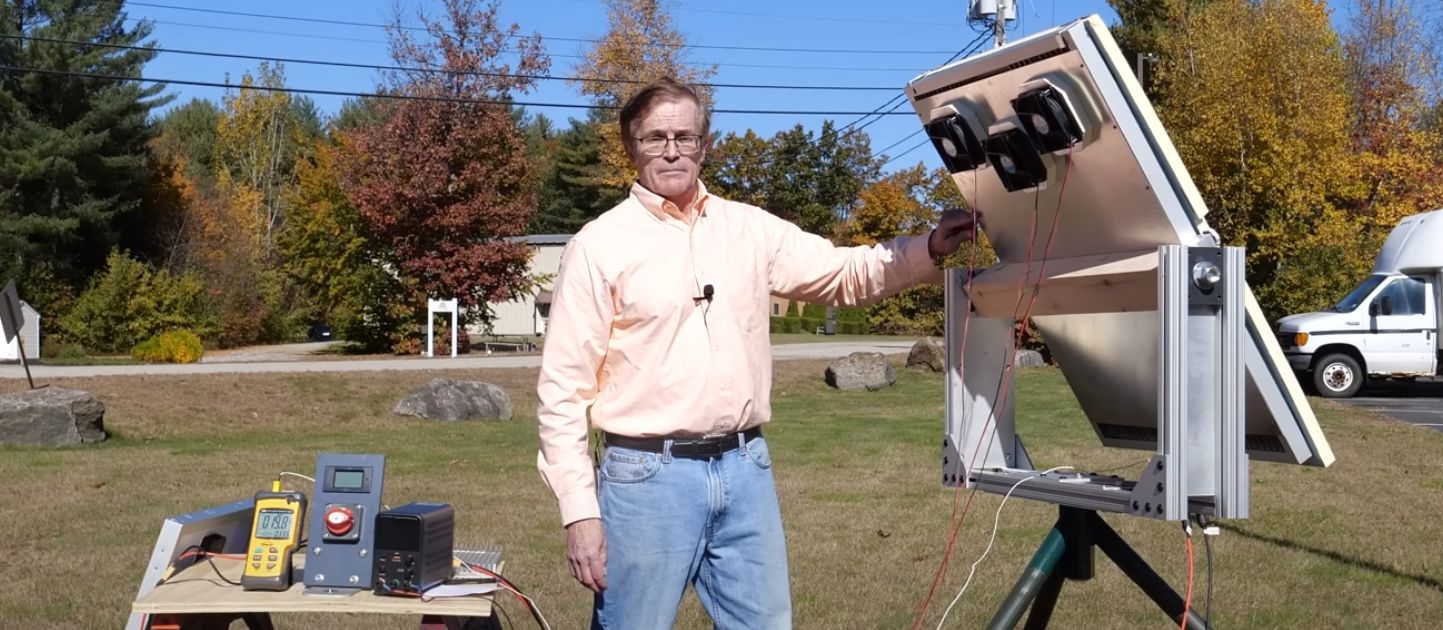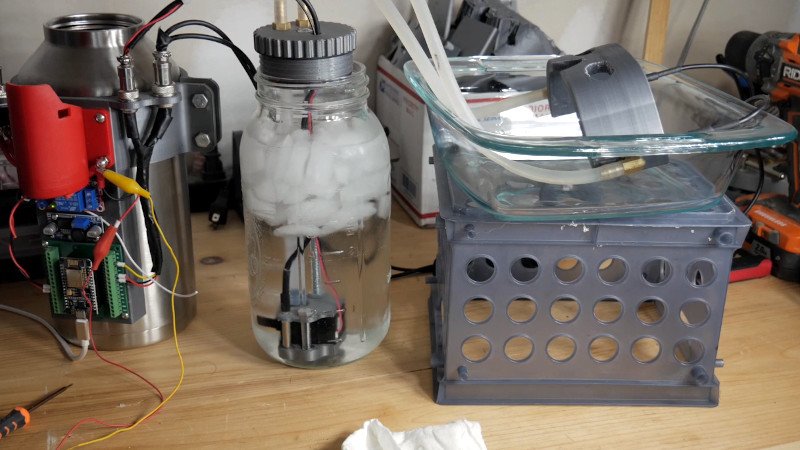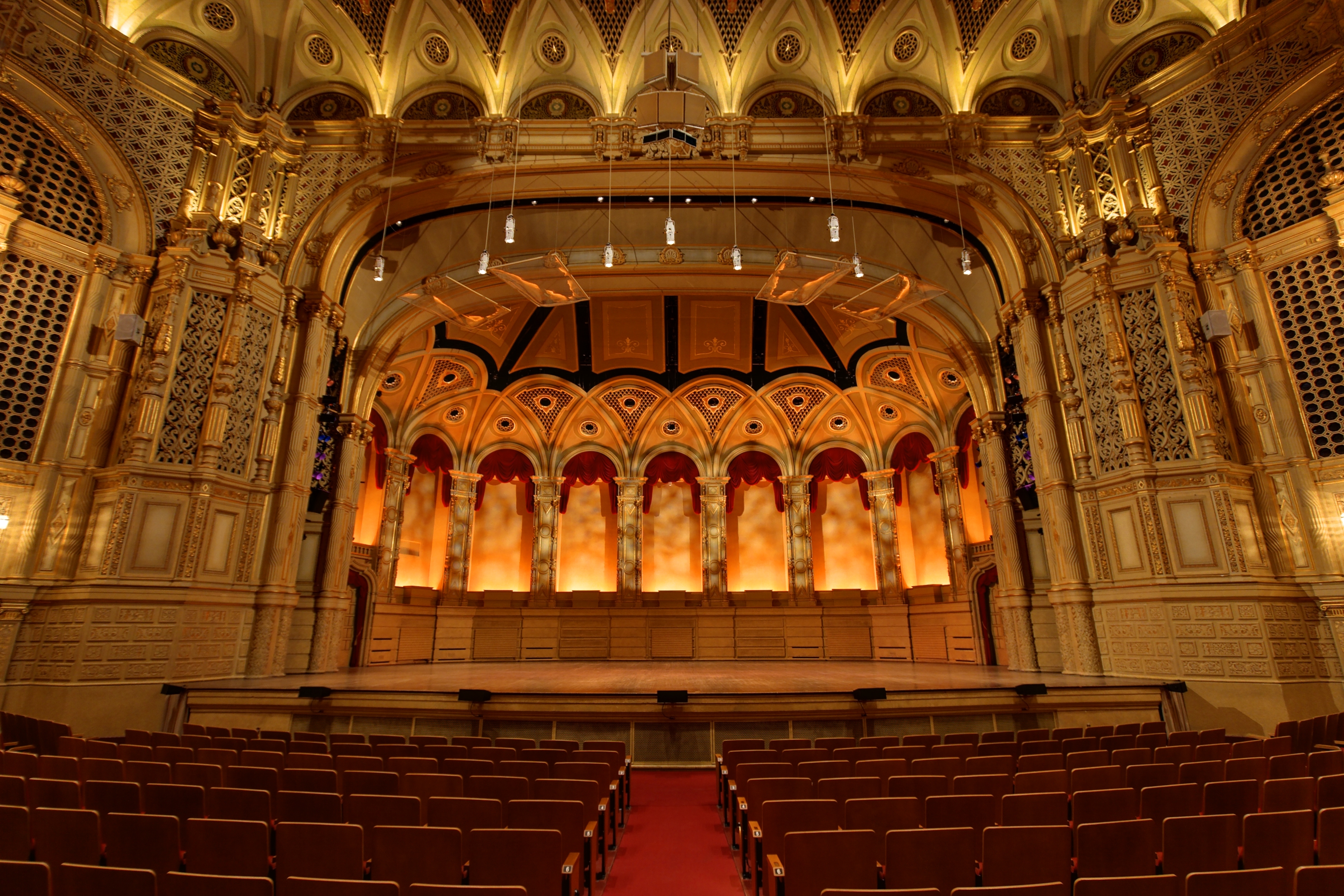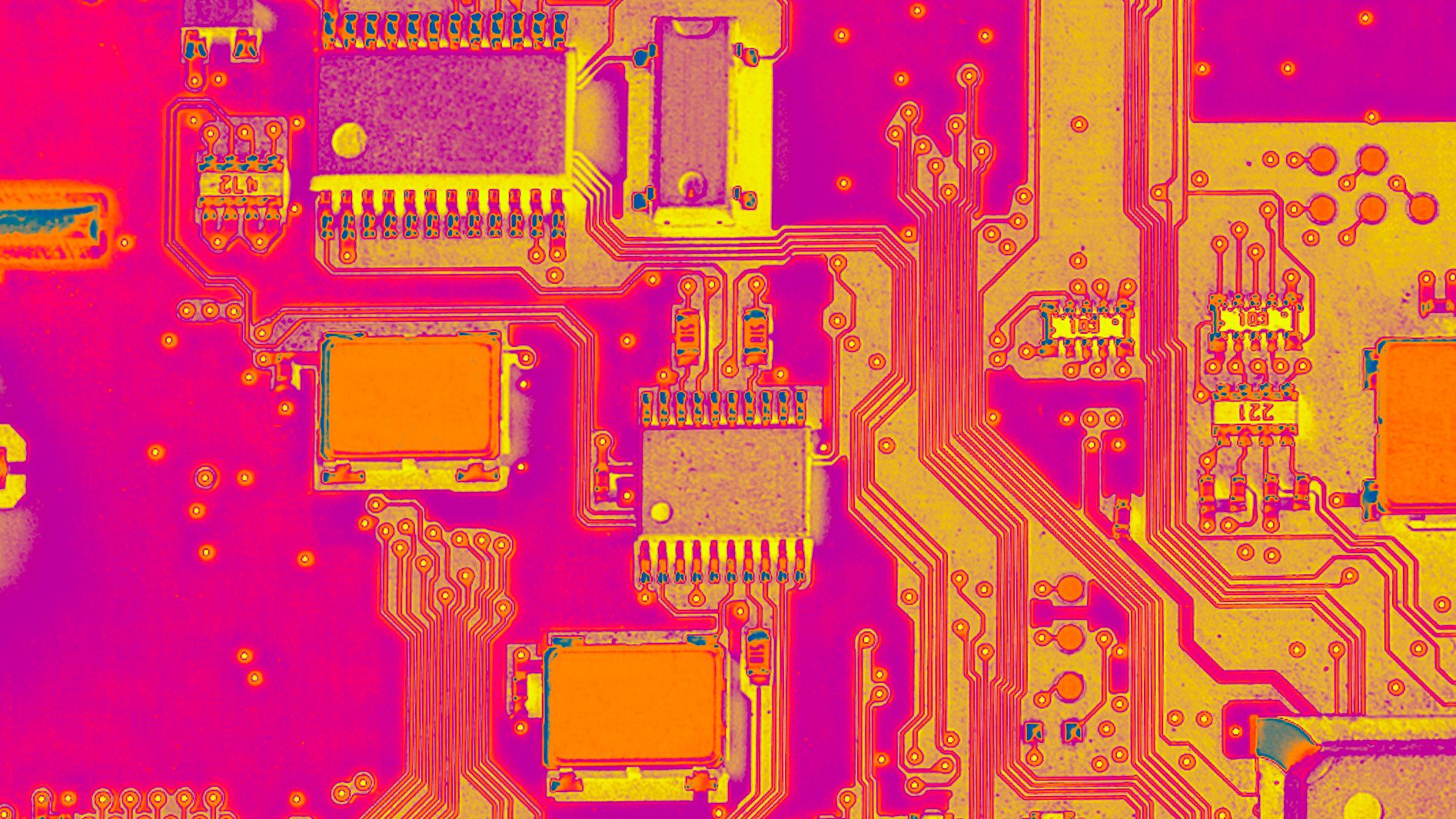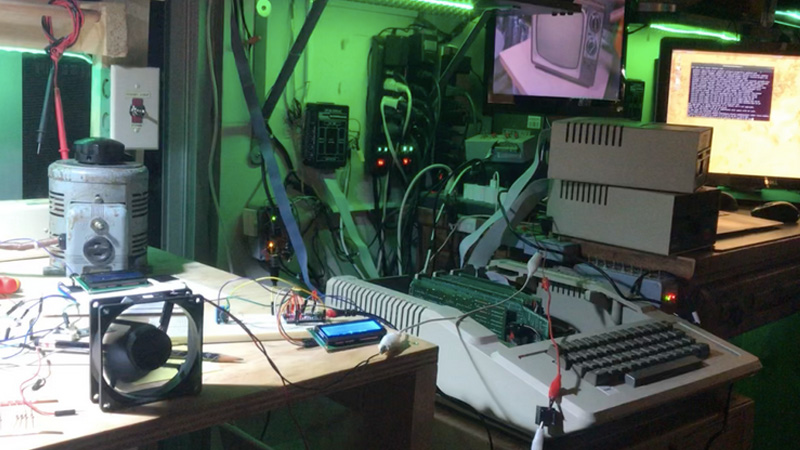#cooling
Summer is here, putting some people at risk of overheating
#summer #UtilityBills #heat #cooling #protection
Extreme heat is making residential power cutoffs by utilities a matter of life and death, and new political target

A top polar scientist interviewed by the Russian Academy of Sciences says we need to prepare for serious global cooling, to begin by 2030-2035. Cites studies of Lake Baikal and historic climate epochs.
People's Voice here reports: "One of the world's top Arctic scientist's has spoken out to debunk the 'climate crisis' narrative" and #warns the #public that "the #Earth is actually about to enter a period of 'global #cooling.'"
According to leading polar scientist Andrey Fedotov of the Siberian Branch of the Russian Academy of Sciences (RAS), "the warming is about to end" and "The Earth is about to enter an 'ice age.'"
Cooling starts in 2030
The period of "unfavorable cold" will begin around 2030. Fedotov issued the warning in a statement published by the RAS, the country's leading scientific institution.
Fedotov said the warming is about to end and the cause is not humans. The Russian scientist says the cooling will be brought on by solar activity.
Natural cycles
OpenFan – A DIY Open-Source PC Fan Controller for up to 10 Individually Controlled Fans

This is quite a nice project, but is not an off the shelf solution. Most folks may get by quite well with the 4 or so fans that a PC can already control, but if you need this level of granular control for up to 10 fans, this project may be for you.
It is also open-source hardware, and a lot of thought went into how it can easily connect inside the case. The video he published does explain it very well.
I see the board has place for external temperature sensors to be added, which he does not seem to be using yet, and of course, the other big thing is the automation by 3rd party software to manage it.
That all said, the project appears to have been published only about 4 days back, so there may be a lot more contributions that will still be made to this project.
See https://sasakaranovic.com/projects/openfan-controller/
#Blog, #cooling, #fans, #opensource, #technology
" #Antarctica is #cooling. The data confirm it.
Temperatures at the bottom of the world have routinely broken all-time records in recent times.
Antarctica endured its coldest-ever ‘coreless winter’ (April-Sept) in 2021, then shivered through practically all of 2022, posting colder-than-average month after colder-than-average month, including the coldest November since 1987 and the latest -60C (-76F) on record — with the year culminating in the South Pole Station averaging just -49.5C (-51.7F); -0.4C below the norm.
The historic chill has spilled into 2023, too.
Back in March, the Antarctic continent suffered its coldest ever reading so early into a year; in July it logged Earth’s lowest temperature since 2017; and now, in mid-August, it’s breaking multiple all-time cold records at stations across the continent."
Built-in Fan
micro-electromechanical system that shoots air out of a solid-state chip
https://www.theverge.com/2023/5/23/23733592/frore-airjet-zotac-mini-desktop-pc-zbox-pi430aj-price
Coolero is an Open-Source App to Monitor and Control a Computer’s Cooling Devices on Linux
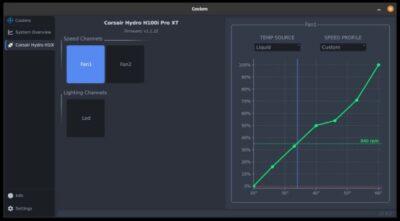
When it comes to Linux, we do not get official software support from brands like NZXT, Corsair, MSI, ASUS, etc., to manage hardware components on PC.
Coolero is a front-end that uses libraries like liquidctl and a few others to control cooling devices, mostly AIOs, fan hub/controllers, along with PSUs and some RGB lighting support. Coolero has been making good progress with NZXT and Corsair devices so far, but it is still a work in progress. Its functionality is not just for monitoring, as it can also control a number of essentials such as adjusting fan profiles and RGB light profiles, multiple versions of a device, etc. It supports most of the devices liquidctl supports.
So before buying any new high-end device to use on Linux, you may well want to have a look at their GitLab project page to see what devices Coolero already supports.
See https://gitlab.com/codifryed/coolero
#technology #linux #hardware #opensource #cooling #coolero
#Blog, ##coolero, ##cooling, ##hardware, ##linux, ##opensource, ##technology

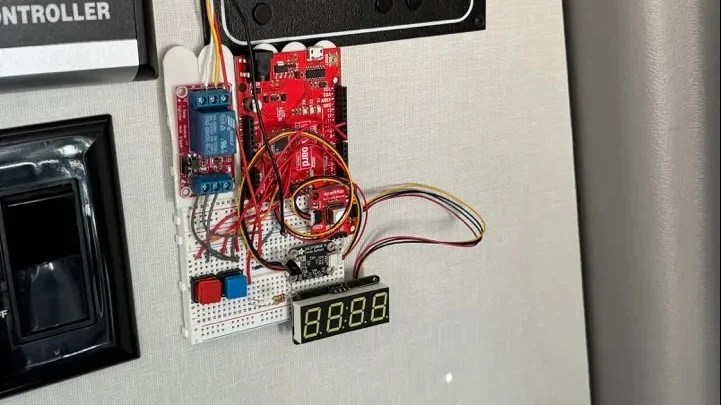
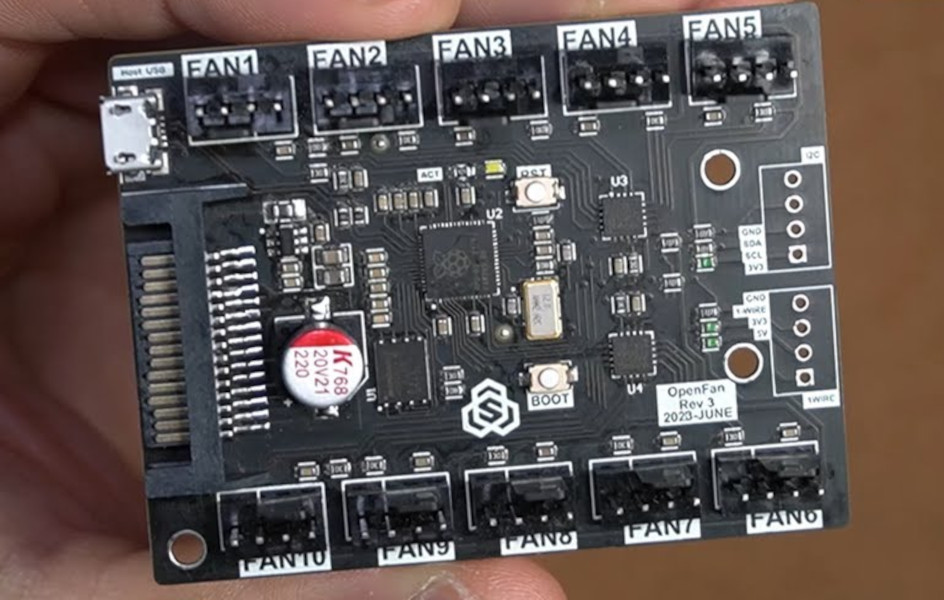
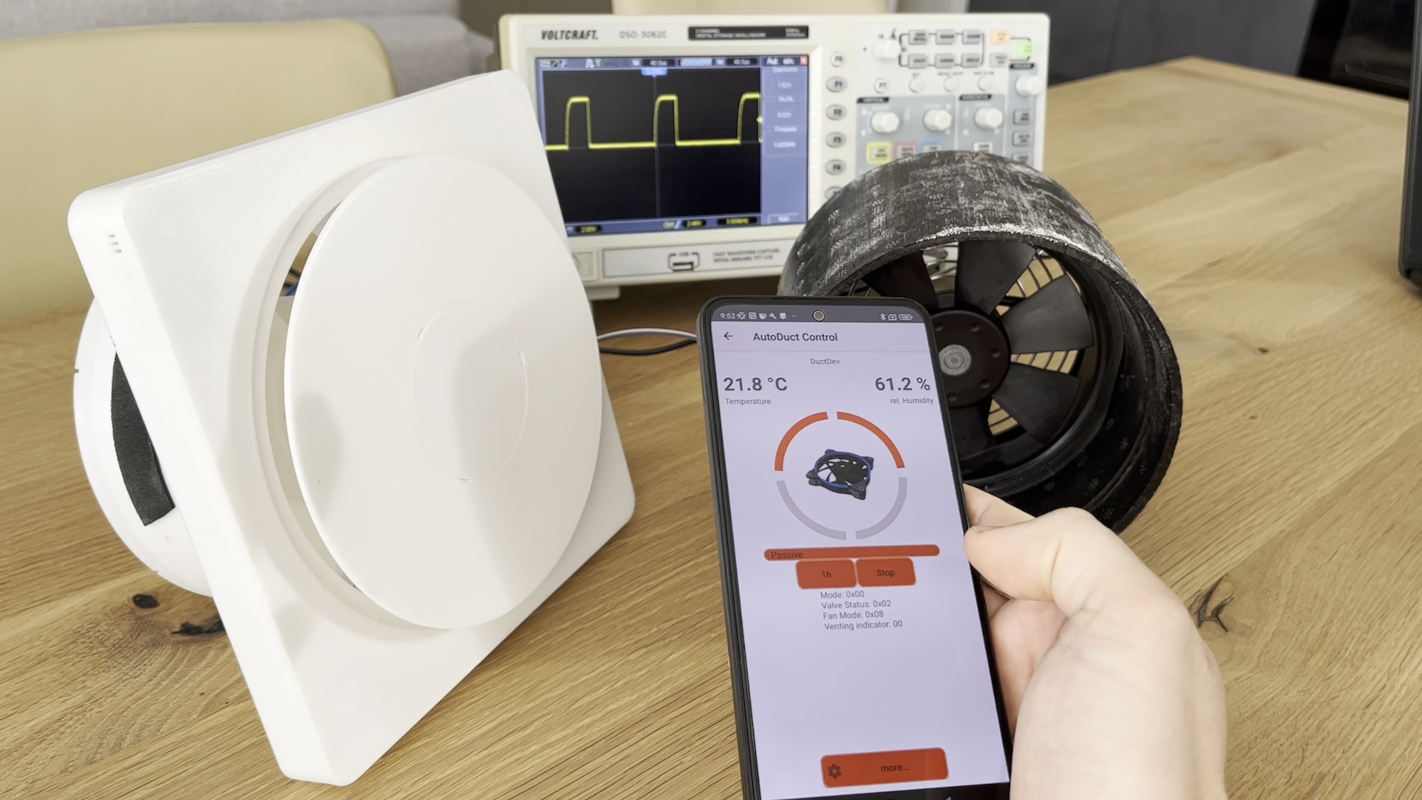
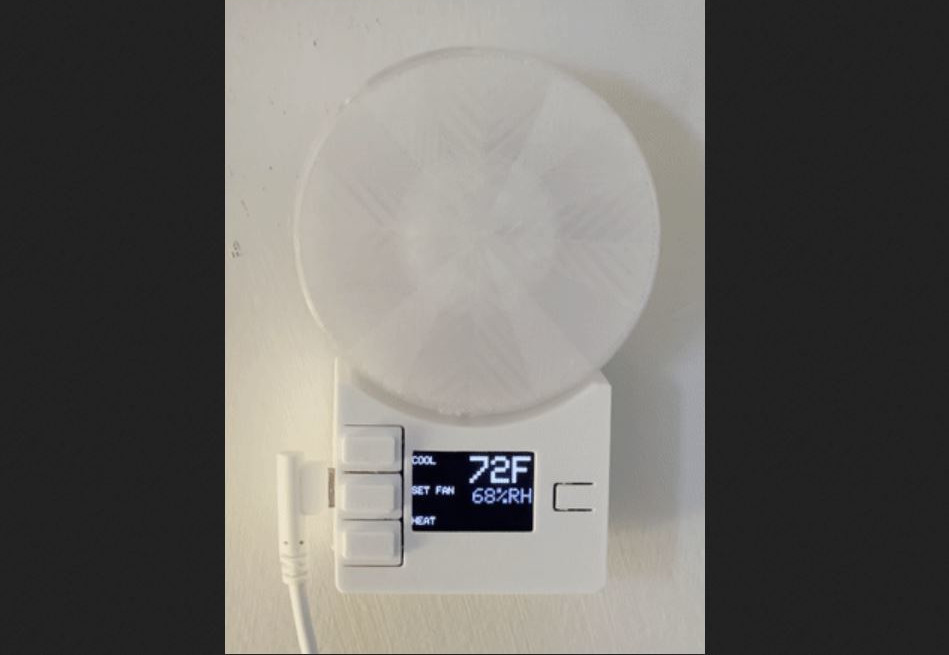
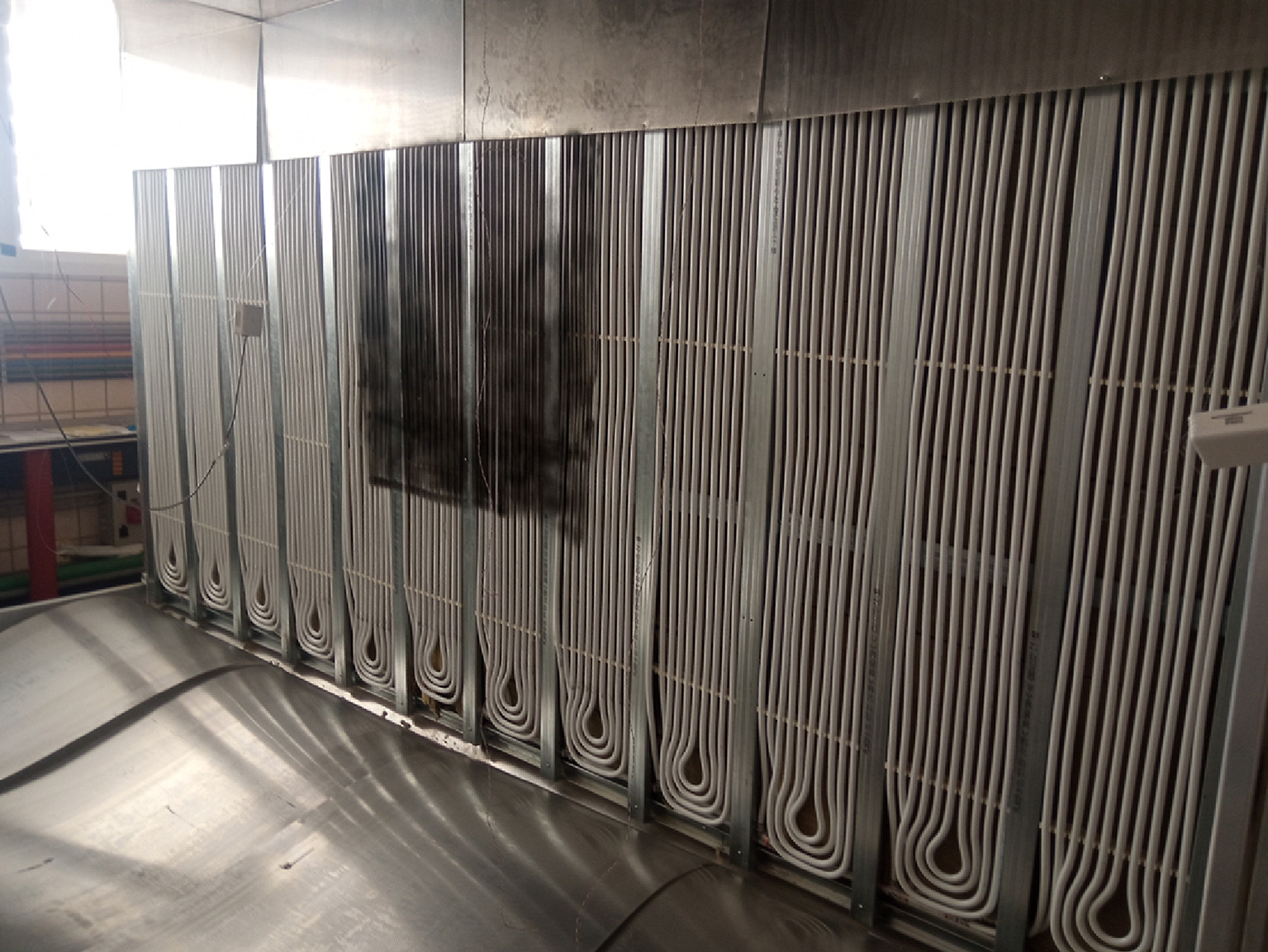
/cdn.vox-cdn.com/uploads/chorus_asset/file/24674862/IMG_6623.jpg)

